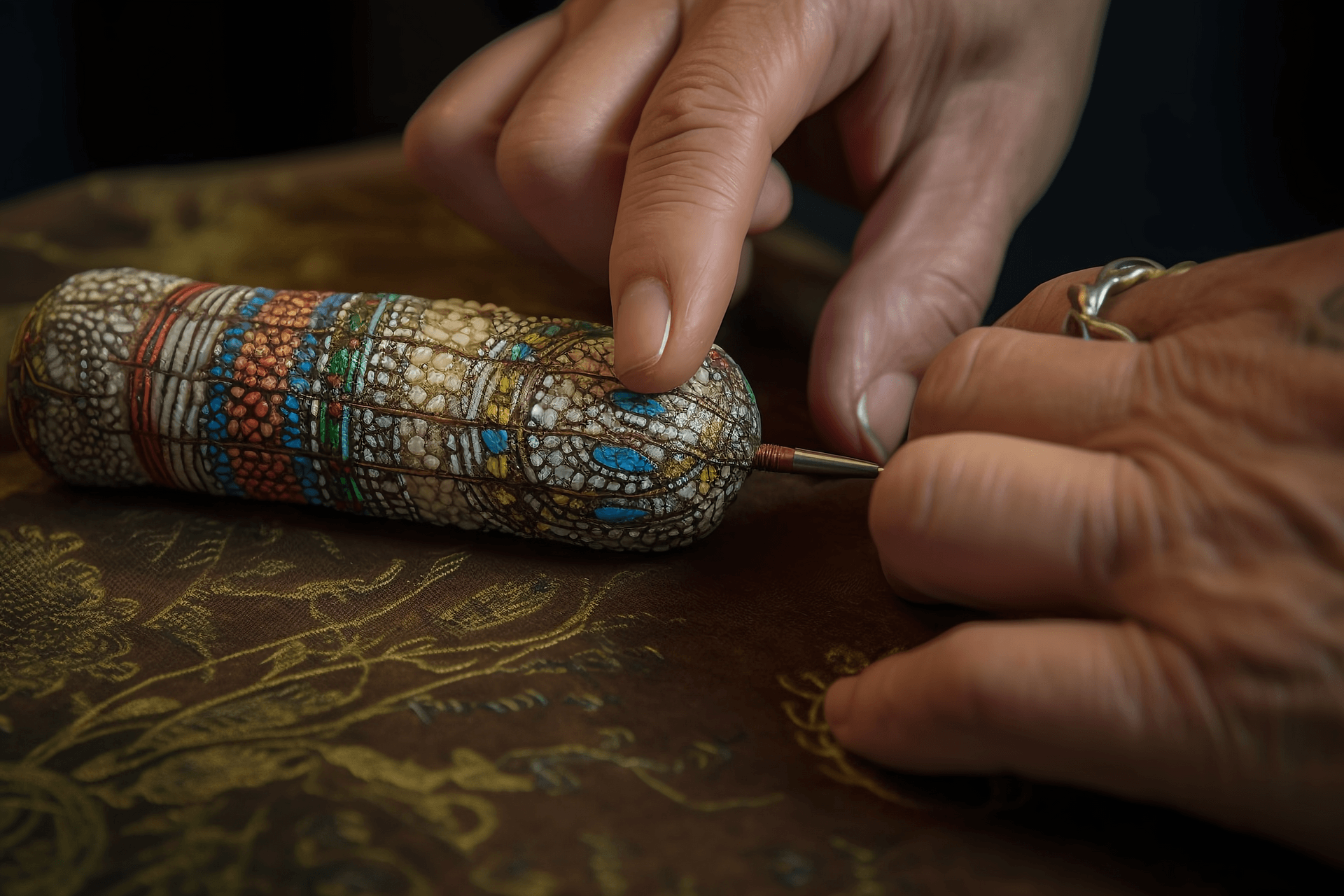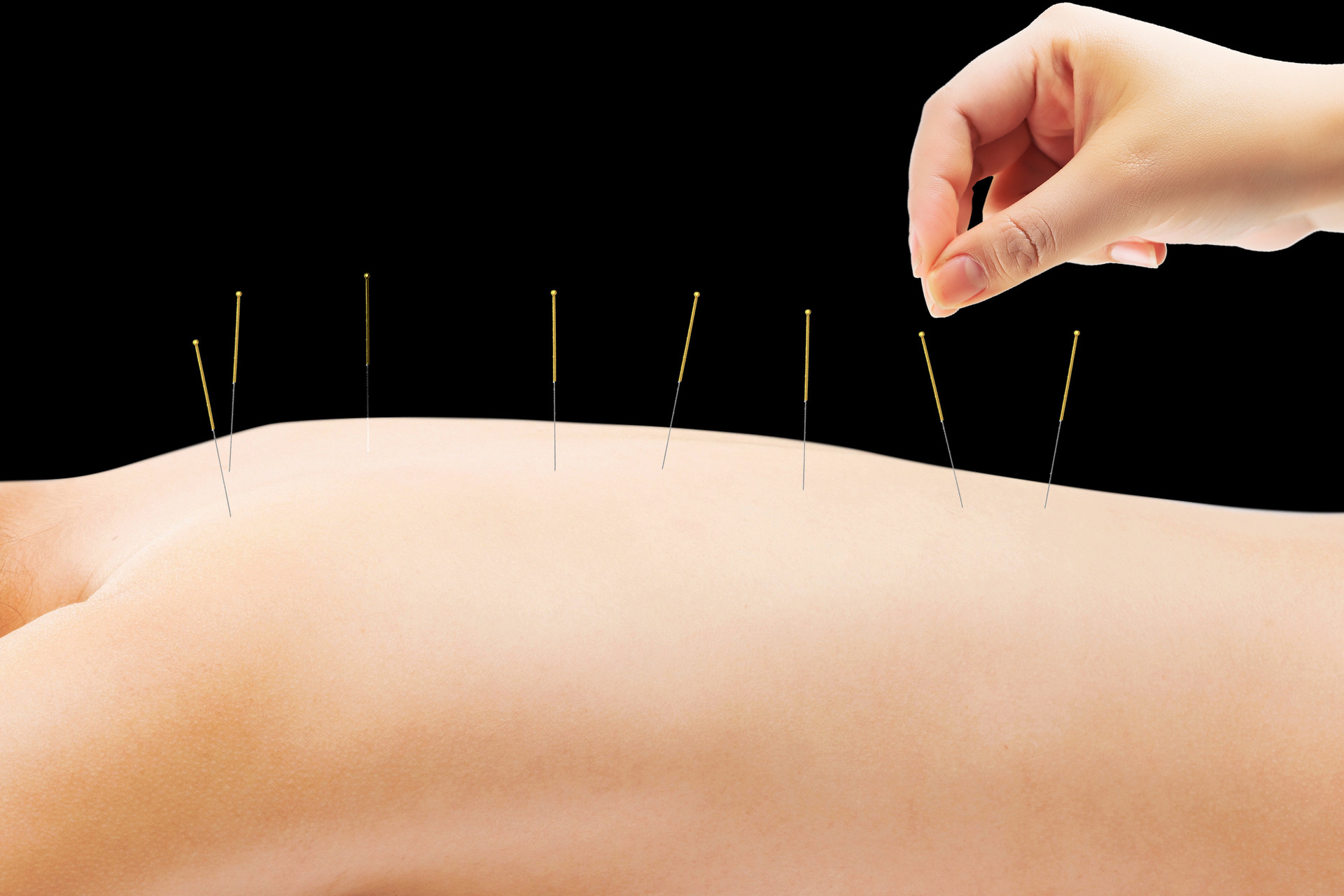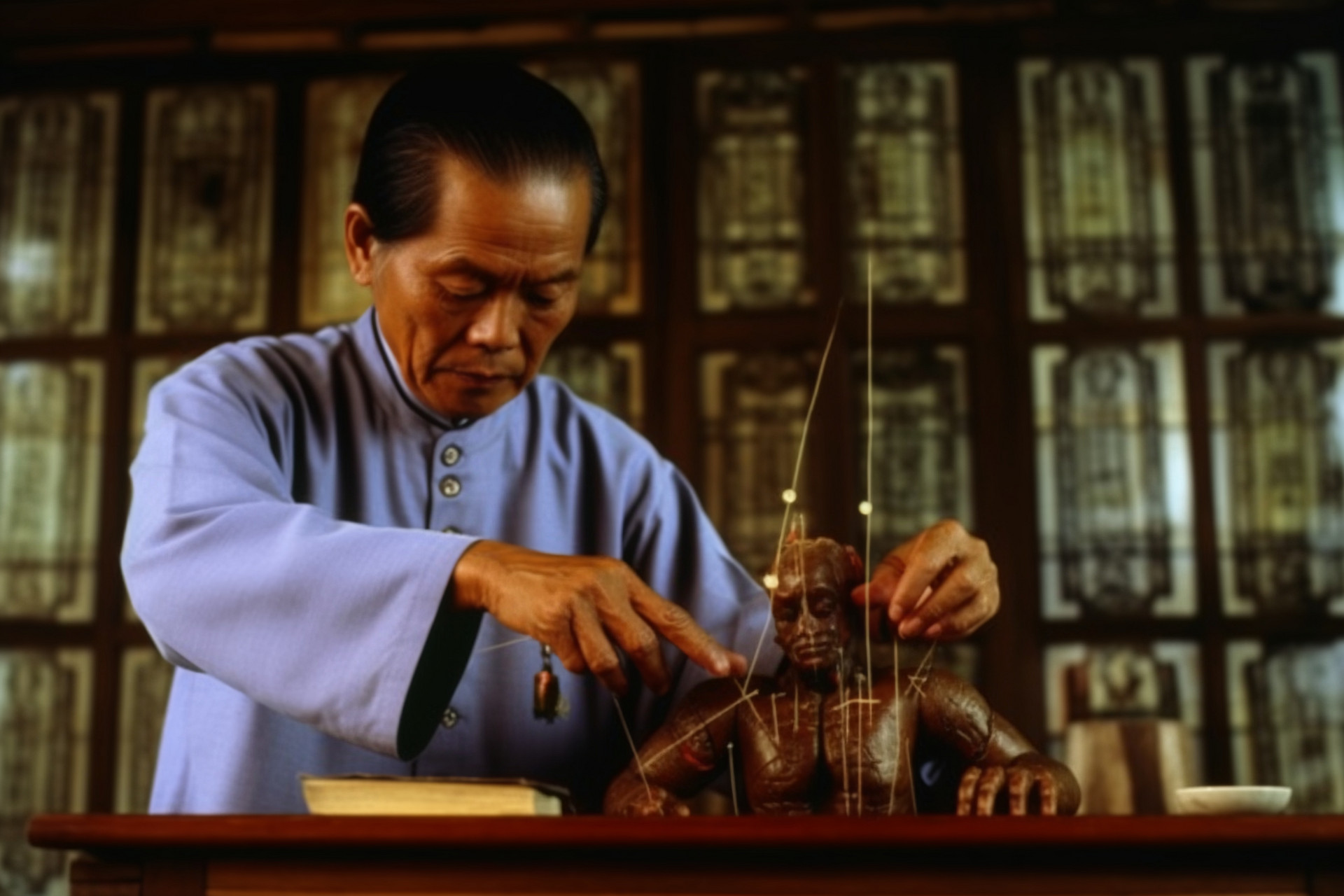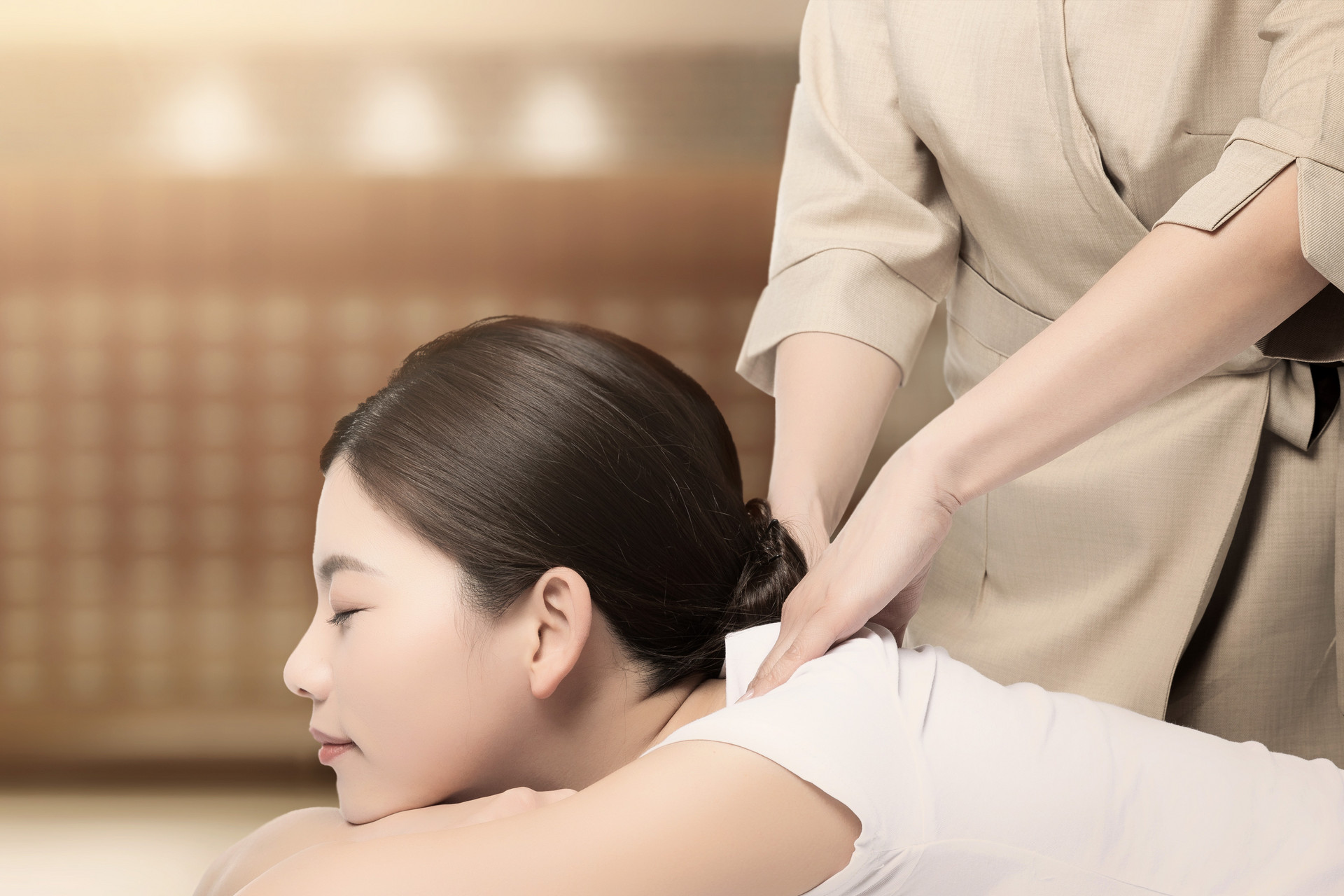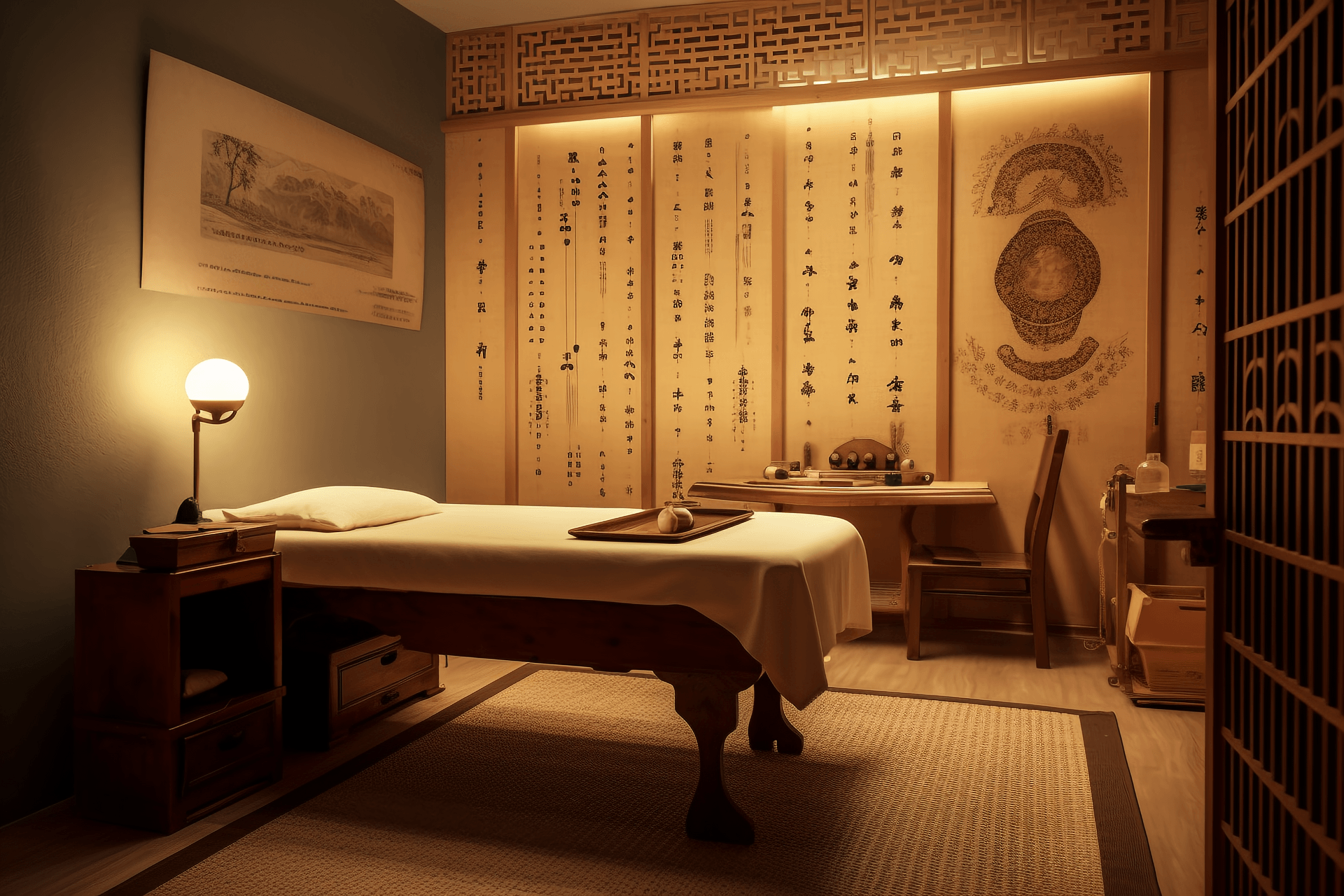Overview
Scalp acupuncture is a method of treating various diseases by needling the scalp and subcutaneous tissue. It can be used to select corresponding acupoints on the head according to the theory of viscera and meridians, or to divide the scalp into corresponding stimulation areas or lines based on the functional localization of the cerebral cortex for needling.
Procedure
Select the stimulation area according to the clinical signs, disinfect the scalp in the stimulation area, and quickly needle the scalp obliquely. The needle is inserted into the subcutaneous muscle layer or loose connective tissue under the tendon. The needle and the scalp form an angle of 15 to 30°, and the needle depth reaches 1 to 1.5 inches. After reaching the desired depth, the practitioner can use techniques such as twisting and lifting to achieve effective stimulation. The treatment is performed once daily or every other day, with 10 sessions as one course of treatment. Rest for 3 to 5 days before starting the second course of treatment.


Standard treatment line for scalp acupuncture Jiao's standard line and stimulation area for scalp acupuncture





Stimulation area 1 for scalp acupuncture Stimulation area 2 for scalp acupuncture Stimulation area 3 for scalp acupuncture Stimulation area 4 for scalp acupuncture Stimulation area 5 for scalp acupuncture
Treatment
Scalp acupuncture is mainly used for treating cerebrogenic diseases, but it can also be used to treat more than 40 other diseases in internal medicine, gynecology, surgery, pediatrics, and is applied in acupuncture anesthesia.
Precautions
(1) During treatment, the appropriate amount of stimulation should be used to prevent fainting.
(2) After selecting the stimulation area, the skin near the area should be disinfected to prevent infection.
(3) Patients with stroke, if in the acute phase with fever, coma, and high blood pressure caused by cerebral hemorrhage, scalp acupuncture should not be used.
(4) When there is high fever, acute inflammation, or heart failure, caution should be exercised when using scalp acupuncture.
(5) Infants under one year of age with incomplete closure of the anterior and posterior fontanelles and incomplete ossification are prohibited from scalp acupuncture.
Expert Experience and Case Studies
Typical Case: Sequelae of Cerebral Thrombosis
Patient Liu, female, 57 years old. Right hemiplegia for one and a half years.
Physical examination: Clear consciousness, speech lacks flexibility, shallow nasolabial groove, slight deviation of the tongue to the right, weak strength in the right upper limb (left hand grip strength: 20 kg, right hand grip strength: 8 kg), normal flexion of the right hand, extension of 160°, difficulty in separating the fingers, difficulty in pinching with the right thumb and index finger, unsteady gait with obvious hemiplegic gait when using a walking aid.
Diagnosis: Sequelae of cerebral thrombosis (incomplete right hemiplegia).
Selected areas: Left motor area and foot motor sensory area, once daily.
Therapeutic effect: After the first acupuncture session, the right hand could extend normally. After the second session, the fingers could separate, the right lower limb became stronger, and the patient could walk alone for 100 meters. After the sixth session, the patient could sit on a small stool and stand up on their own. After the eighth session, the right hand had strong and flexible movements, including extension, flexion, and finger separation. The grip strength of the right hand was 13 kg, and the patient's handwriting improved compared to before.





